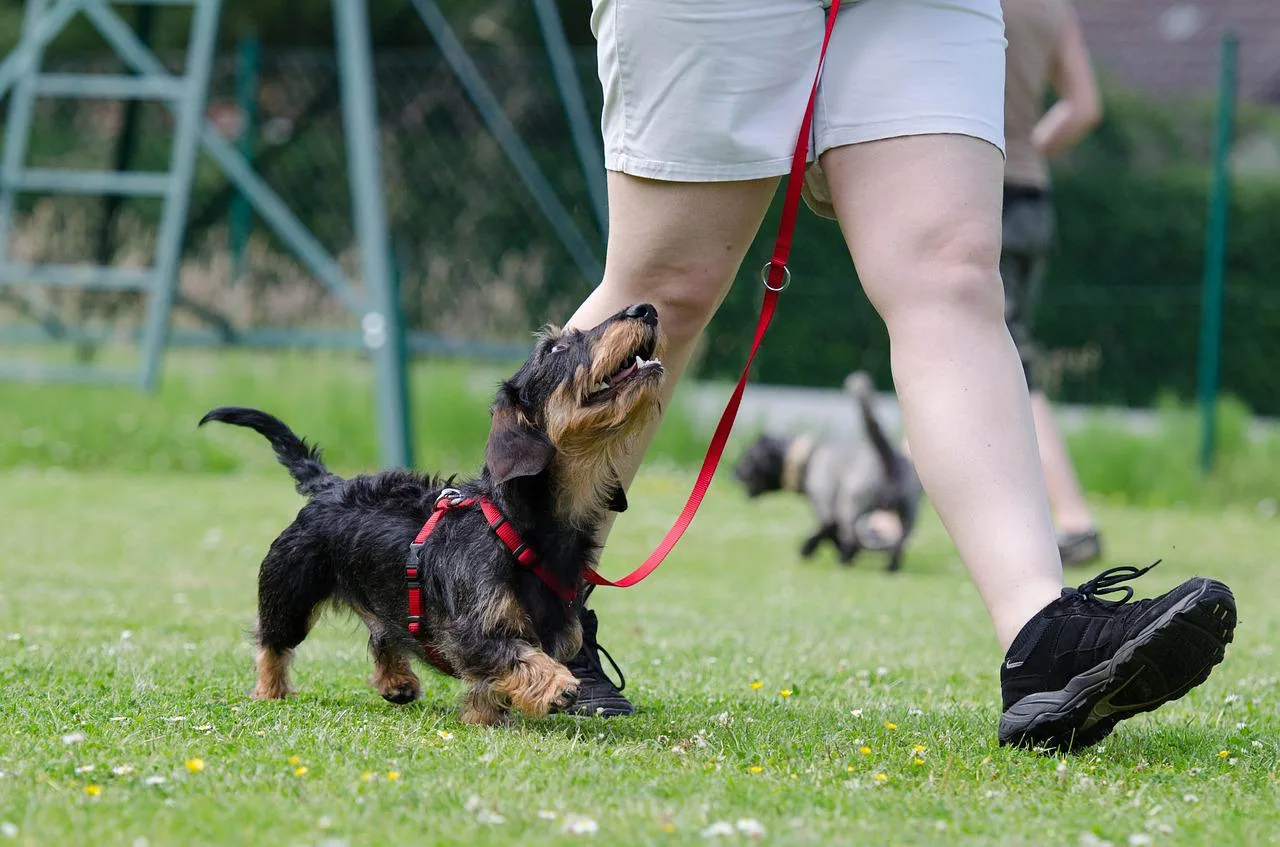Without a doubt, training your canine companion is an integral part of being a responsible dog owner because it helps with your pet’s physical, mental, and social development. The process also offers an excellent opportunity for you to know your dog better, to bond with them, and to build a positive pet-and-dog-parent relationship that you can cherish for a long time.
If you are a dog training newbie, you probably feel a little overwhelmed with all the confusing information you read online and what other pet owners are telling you about the “best” way to train your dog. To deal with all of these, it might help to take everything you read and hear with a grain of salt until you have time to research the issue and verify the claims.
In addition, it will also help if you are familiar with some of the prevailing misconceptions about dog training. This way, you can readily dismiss such information when you encounter them. Here are some of these common dog training myths and the truth behind them:
Myth 1: Dogs Will Rule the Household If You Let Them Sleep on Your Bed
The misconception that your dog will dominate you when you allow them to sleep on your bed is probably one of the most illogical. Dogs have no such complex agenda when they jump on your bed and sleep. They merely enjoy how your bed feels so warm and comfy—much like you do.
If you don’t want your dog on your bed, you may simply need to teach your pet an “Off” command to instruct them that climbing on the bed is prohibited. Better yet, consider shopping for dog beds so that your canine friend will have their own comfortable place to rest and sleep.
Myth 2: Punishment Is an Effective Way to Correct Problematic Behavior
Aggressive methods, such as hitting, yelling, or kicking do more harm than good as a training strategy. Instead of teaching your dog to cease doing the undesired behavior, punishment is more likely to instill fear. Your dog will become afraid of you and will eventually learn to avoid you. However, the problematic behavior will most likely continue when you’re not around.
If you want to train your dog to stop doing something, consider teaching them a command where they’ll do something else—basically an action they can’t perform while doing the undesired behavior. For instance, if your dog jumps on your visitors, ask them to sit and then reward them when they obey. You can also train your dog a “No” command to stop them from doing an undesired behavior. However, it’s generally easier to train dogs to do another action and then to reward them rather than merely telling them to stop what they’re doing.
Myth 3: You Can’t Train Old Dogs
While old dogs may not be as mentally sharp as younger ones, it doesn’t mean they’re untrainable. Like humans, dogs have the ability to learn throughout their lives. Aging may slow down the learning process, but it doesn’t turn it off. With hard work, patience, and the right method, any old dog can definitely learn new tricks.
Myth 4: Owners Should Always Assert Their Dominance Over a Dog
This common misconception probably stems from the thinking that being aggressive like an “Alpha Wolf” can help control the dog’s behavior somehow. In reality, however, pushing your dog around, acting bossy, and using a loud tone during training will likely be detrimental to the learning process. Aggressiveness will only hurt your relationship with your dog on top of instilling unnecessary stress and fear in them.
You may not realize it, but dogs learn through experimentation and experience. For instance, if they jumped on your kitchen counter once and found something delicious, you can be sure they will do it again. The food becomes a reward, so they repeat the behavior. Because dogs respond more positively to good things, you may want to use this to your advantage rather than trying to exert dominance.
Myth 5: Dogs Hate Training
Although dog training is serious work, your canine friend can enjoy the experience as long as you use motivational and fair techniques. Keep in mind that dogs generally love spending time with their owners, so make it fun and exciting by rewarding them with treats every time they accomplish tasks.
You may also want to end every session with an activity your dog enjoys, such as a game of fetch or chase. Alternatively, you can give your pet tons of belly rubs. When you tailor your training to the needs and wants of your dog, they will surely get excited to participate, and you will have a memorable time as well.
Hopefully, this piece helped clarify some of the most common myths about dog training and gave you a better understanding of general canine behavior. Keep these tips in mind and continue researching science-based and cruelty-free training methods. Remember that you need to invest time and effort to find a combination of strategies that will work for your dog. After all, the process of instilling lasting positive behaviors in your friend doesn’t happen overnight, but it’s certainly possible as long as you remain patient and understanding.

